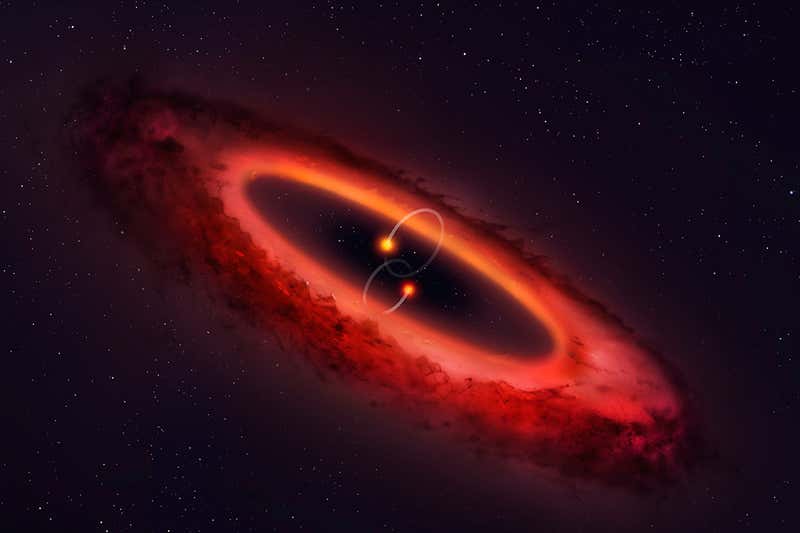Learn About The Stormy Relationship Of Double Stars That Sometimes Explode In A Super Nova
Did you know there are double stars in the sky that are bound so tightly together that they have the same celestial address? Naming a double star makes a great gift, especially for Valentine’s Day. Let’s learn more about these astronomical phenomena.
Scientists divide double stars into two types, visual binaries and optical doubles. Binary stars are bound gravitationally sharing the same orbit. Optical doubles appear to be close, but are actually a chance line-of-sight alignment of two stars at different distances from the observer.
Double stars are so important, they even have their own star catalog, the Washington Double Star Catalog. It was first published by the Lick Observatory in 1963 and is now maintained by the United States Naval Observatory. Each double star only has one entry because they appear so close together.
In 1617, at the request of a fellow scientist, Galileo Galilei turned his telescope toward the second star from the end of the handle of the Big Dipper, discovering that one star seemed to be two. It took nearly 200 more years before Sir William Herschel, first used the term “binary” in reference to these double stars in 1802.
Some double stars are so close together that they exchange material. As their relationship continues, one star may capture the other causing them to merge into a single star. Other double stars don’t get along. One member of the pair can explode in a super nova that obliterates its partner. Most double stars appear to have stable relationships and stay together as they rotate around each other.
Naming two stars that are bound together for all eternity is the perfect way for couples, lovers, sisters, and brothers to show their love.

